John Collier Jr. Award for Still Photography
The John Collier Jr. Award for Still Photography is awarded periodically by the Collier award committee members of the Society for Visual Anthropology (SVA) to an author or photographer whose publication, exhibit, website, or other multimedia production exemplifies the use of still photographs (both historical and contemporary) for research and communication of anthropological knowledge. The submission must have a strong visual research perspective accompanied by high quality photographs, both technically and aesthetically, and be within six years of the original publication date.
2025 Deadline Submission and Award Notification:
May 31: Deadline for receipt of nomination materials and submission to SVA.
August 31: Committee decision will be submitted to SVA President and Secretary.
Sept 10: Award information submitted to AAA program committee.
-
Looking back: History of the SVA Collier Award
by Joanna C. Scherer3/20/2012
From the beginning of SVA in 1985 not all of us were using film and or video in our research. The still picture (both historical and contemporary) was to some of us the unit of study for research and communication of anthropological knowledge. Obviously some scholars were more creative and/or articulate with their methodology and research than others so it was not much of a leap of faith to consider honoring such original contributors with an award.
The idea for an SVA award that promoted the use of still pictures for research and communication of anthropological knowledge was thus present in SVA circles from the beginning of the organization. The first records I can find of the articulation of such an award was at the SVA Board meeting in Chicago in 1987. During the discussion of the Film and Video Festival headed by Joan Swayze Williams, Film & Video Festival Organizer, there was general discussion, of formalizing special awards:
“Several possibilities were mentioned: 1) best ethnographic (popular) film accompanied by an article or book; 2) book or monograph that uses visuals to the best effect; 3) a category that would emphasize products in which the visuals were produced by the people under study, rather than by the anthropologist; 4) outstanding contribution to visual anthropology – the actual definition covering any or all of the above categories; and 5) anthropology in media prize to go to a first production of great promise, rather than to already established professionals.”
Item number 2 of the above list was to this author the beginning of the yet to be named Collier Award. Karl Heider, Richard Chalfen and Joan Williams were charged with forming an ad-hoc committee for the SVA Awards that they hoped would be presented at the full AAA gathering on Saturday night of the meeting where other awards were presented.
At the SVA board meeting in Washington, D.C. in November 1989 the subjects of awards was discussed again. The board was told that the AAA had made the determination that “all non-AAA awards will be presented by their own individual units, only 6 general AAA awards will be presented at the Saturday evening ceremony.” It was thus decided to have the SVA award winners given at a Wednesday night SVA special presentation and that the award winners would be listed in future AAA programs (check when awards were first listed for SVA in the program). The discussion at the 1989 meeting about kinds of SVA awards broadened. Museum exhibitions, film plus printed book/journal/article best integrated combination, thesis award and others were added to the discussion. It was too much for the brief time period of our board meeting (that were then just an hour long) and our President at that time, Karl Heider didn’t “sense much support for any of the ideas, therefore best to table them….Will Ira [Abrams] write up a proposal for a general award encompassing all the above? Heider hands problem over to Dick [Chalfen] to work on.” The following February Karl Heider gathered together the ideas/proposals for the awards.
At the SVA board meeting in San Francisco in 1992 under the film/video festival report Joan Williams established a three-tier award system for the festival. A proposal concerning “an award for a book in visual anthropology was also directed to the executive committee for further consideration.” The record for the yet to be established award for a work (book, exhibit, web site or multimedia production) recognizing an exemplary use of still photographs in anthropology seems to have lain below the radar until the SVA Board Meeting in San Francisco in 2000. As a result of that board meeting in April 2001 Harald Prins, president, circulated an e-mail officially proposing the Collier Award as a method of promoting and recognizing excellent uses of still photography in anthropology.Dear SVA Board Members, As indicated a few weeks ago, I would send you the details re. the John Collier Award. During the 2000 SVA Annual Board meeting in San Francisco, it was moved to institutionalize this award as a means of promotion and recognition of exemplary use of still photography in anthropology. As such, the award is for a finished product of the same order as a film or book. It is possible that the Maxwell Museum, which houses the Collier research collection, may be cosponsoring the award. In order to avoid confusion, the following summary is pertinent:
Name: John Collier Jr. Award
Category: Outstanding Book, Exhibit, Web site, or Multimedia Production demonstrating substantial use of still photographs as communication and/or as the primary source of data gathering, analysis, and research on which the anthropological product is based.
Objective: Recognition of excellence and promotion of awareness of still photography as visual record in communication and research.
Occasion: Irregular, but no more than one prize each year
Nominations Process: Open, submissions to SVA Executive Board before 1 April.
Jury: SVA President and two other SVA members with special expertise and/or interest in still photography
Prize: Still Photograph from the Collier Collection and Certificate
Time and Place: The prize shall be presented conform to the SVA rituals during the annual meetings of the AAA.
In the hope that this meets your approval, Sincerely Yours, Harald Prins, SVA President
Thus the Collier Award was created. At the 2005 SVA Board meeting in Washington, D.C. Peter Biella, president, asked for comments about the Collier Award. John Bishop recommended that the nominations should come from the Board not from the film jury and that was the moment when the Collier Award was weaned from the Film and Video organizer. [iv] -
The project must be nominated by a current member of the American Anthropology Association. A complete submission packet consists of:
A letter of nomination covering why the work deserves the award, as well as the name, book title or exhibit, website or multimedia production, publisher, author’s mailing address, phone and email.
A letter of consent from the work’s author.
Four copies of the work (if a physical copy exists). These copies should be requested by the author from the publisher to be sent directly to the committee.
Completed submission materials must be received by the deadline .
Submissions cannot be nominated directly from the publisher but the copies of the work may be sent directly from the publisher to the committee. Collections of writings by multiple authors will not be considered nor can previous winners submit another time.
The same work may be submitted a maximum of two times. The SVA Collier Award board appointed committee then reviews the submitted works to decide on its merits. Winners are announced during the SVA/AAA Business Meeting and presented with a John Collier Jr. or Mary Collier print, courtesy of the Collier Family Collection, a certificate of recognition and award recognition stickers to place on the work. -
Deadlines for 2025 Submission and Award Notification:
May 31: Deadline for receipt of nomination materials and submission to SVA.
August 31: Committee decision will be submitted to SVA President and Secretary.
Sept 10: Award information submitted to AAA program committee.
Submissions for 2025 should be mailed to:The Collier Committee c/o:
Dr. Brent Luvaas,
Department of Global Studies and Modern Languages,
Drexel University, 3141 Chestnut Street,
Philadelphia, PA 19104
Questions may be directed to: bal47@drexel.edu -
Brent Luvaas, Drexel University (Chair)
Jerome Crowder, University of Houston
Alexander Fattal, University of California San Diego
Camilo Leon Quijano, Centre Norbert Elias / La Fabrique
2023 WINNER
LA CITÉ : UNE ANTHROPOLOGIE PHOTOGRAPHIQUE
La cité. Une anthropologie photographique, by Camilo León-Quijano. Éditions de l’EHESS. 2023.
Sarcelles is a city located 15km to the north of Paris. Symbol of French banlieues, Sarcelles is a heterotopia of modern French society. Laboratory of "vivre ensemble" (living together), Sarcelles represents both hope and despair of the urbanistic utopia of a post-war society.
From 2015 to 2018, as part of my doctoral research (EHESS, 2020), I explored the social life in this marginalized city following a photo ethnography of ordinary experiences. I studied how the people of Sarcelles live and to which extent their everyday interactions socially define the image of the city. Based on a creative and multimodal photographic activity, I explored a variety of discourses and representations in this complex social space. Photographing was a way to capture the sensitive experiences of daily life through a poietic approach. This work examines how city dwellers see, perceive themselves, and embody the city through an anthropology of and with pictures.
Supported by Wenner Gren Foundation, I made an exhibition and a photobook. These objects encourage new creative photographic practices based on multimodal experimentations mixing sounds, videos, archives, and texts. La Cité shows to which extent photographic storytelling might expand anthropological knowledge and engage with new publics through sensorial and multimodal practices.
PAST WINNERS
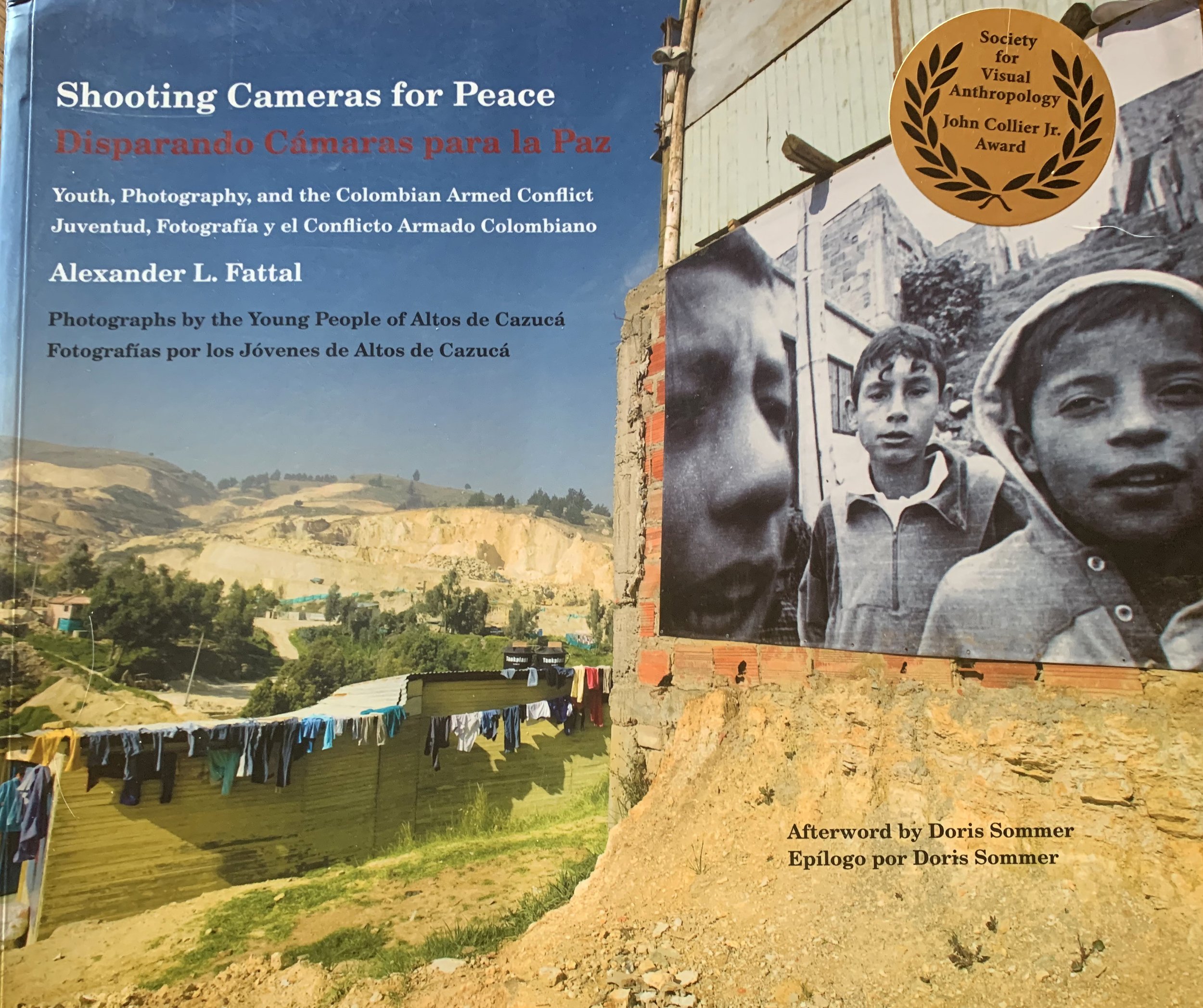
2021
Shooting Cameras for Peace: Youth Photography and the Colombian Armed Conflict by Alexander L. Fattal. Harvard University Press (Peabody Museum Press). 2020.
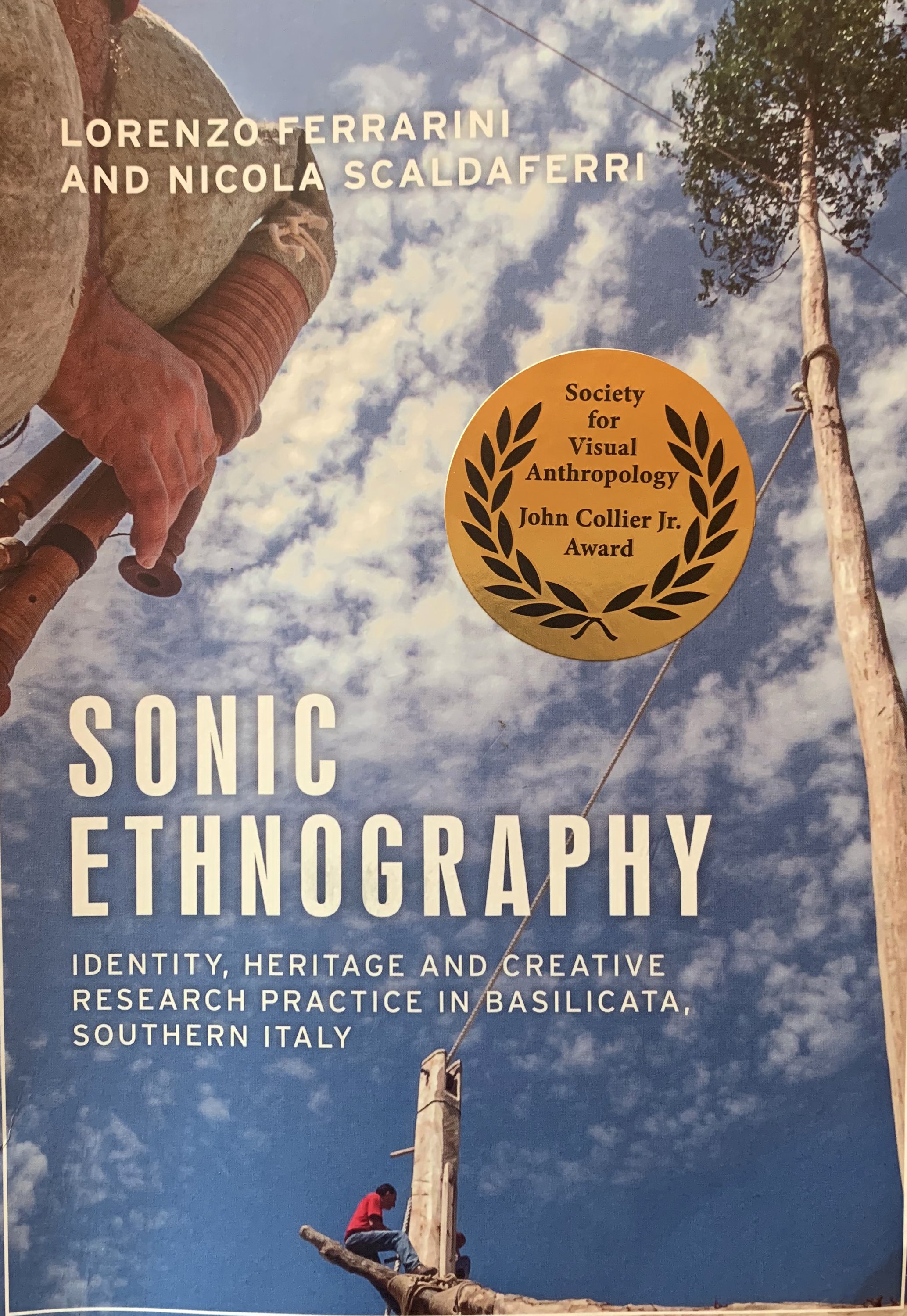
2020
Sonic Ethnography: Identity, Heritage and Creative Research Practice in Basilicata Southern Italy by Lorenzo Ferrarini and Nicola Scaldaferri. Manchester University Press. 2020.
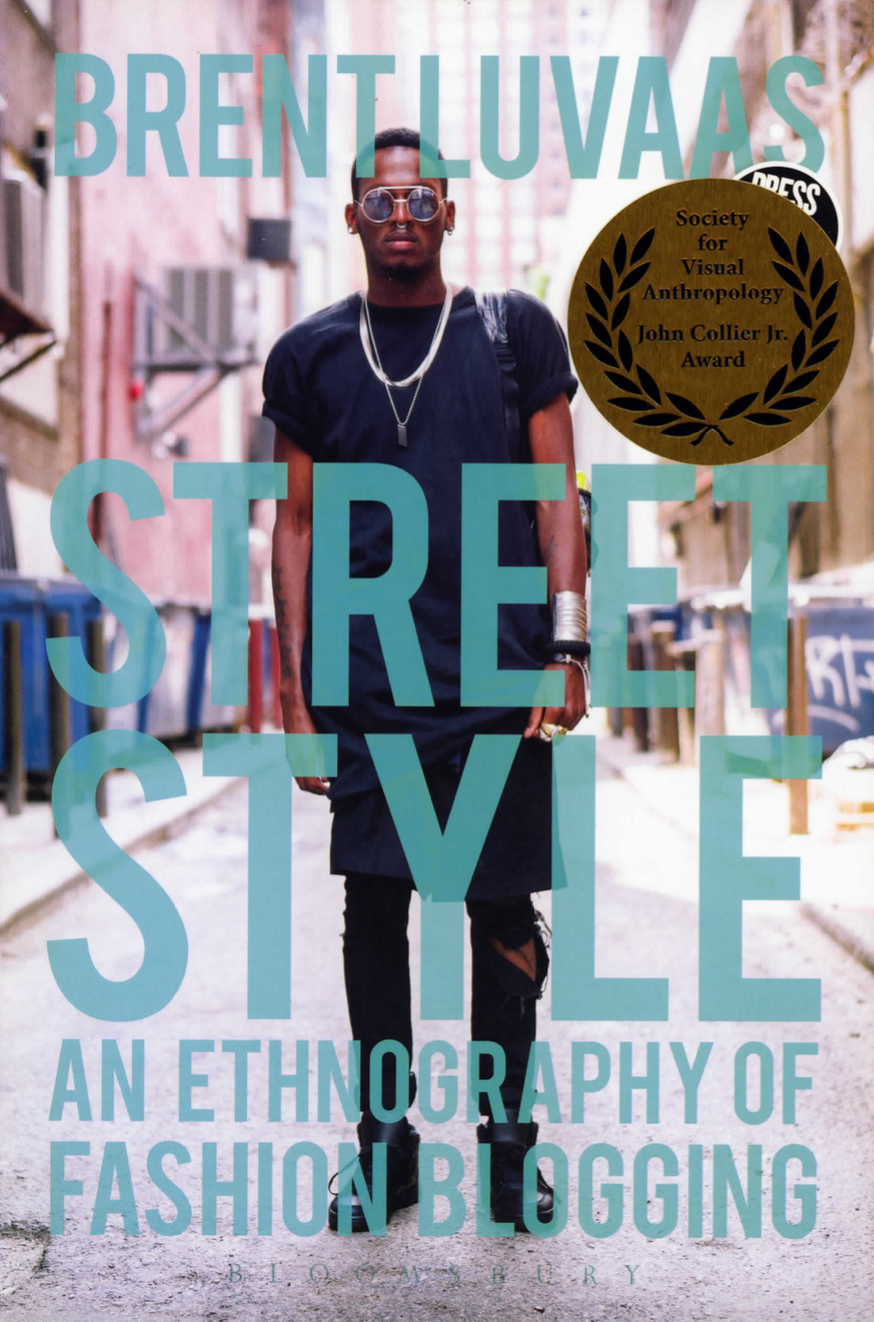
2019
Street Style: An Ethnography of Fashion Blogging (Dress, Body, Culture) by Brent Luvaas. Bloomsbury Academic Press. 2016.

2018
Monrovia Modern: Urban Form And Political Imagination in Liberia by Danny Hoffman. Duke University Press. 2017.
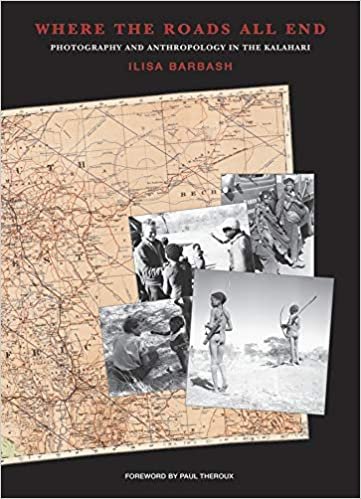
2017
Where the Roads All End: Photography and Anthropology in the Kalahari by Ilisa Barbash, Peabody Museum Press
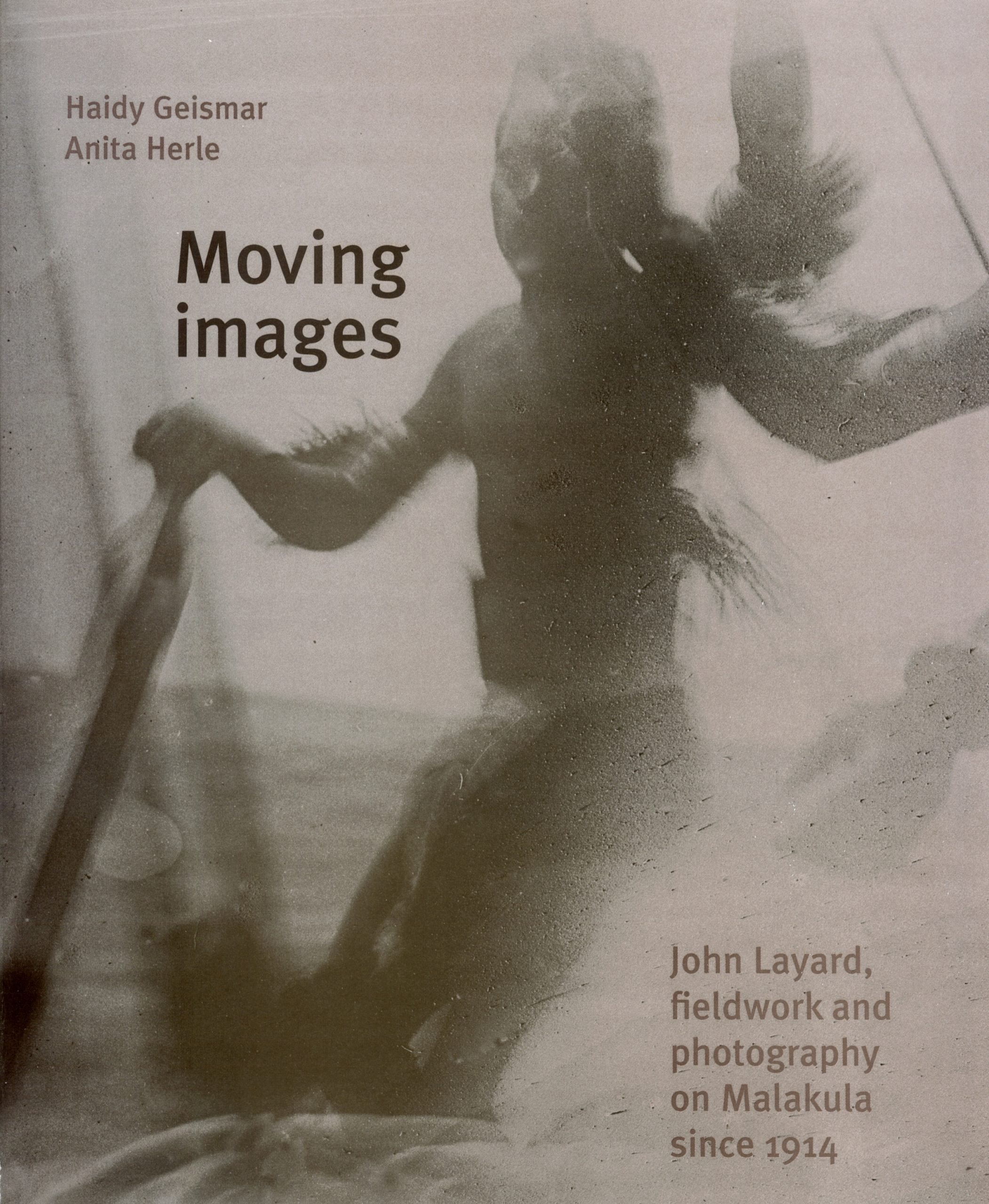
2016
Moving Images: John Layard, Fieldwork, and Photography on Malakula since 1914. Haidy Geismar and Anita Herle. (2011: University of Hawaii Press)

2014
Life at Home in the Twenty-First Century: 32 Families Open Their Homes. by Jeanne E. Arnold, Anthony P. Graesch, Enzo Ragazzini, and Elinor Ochs (2012: The Cotsen Institute of Archaeology Press at UCLA, Los Angeles).
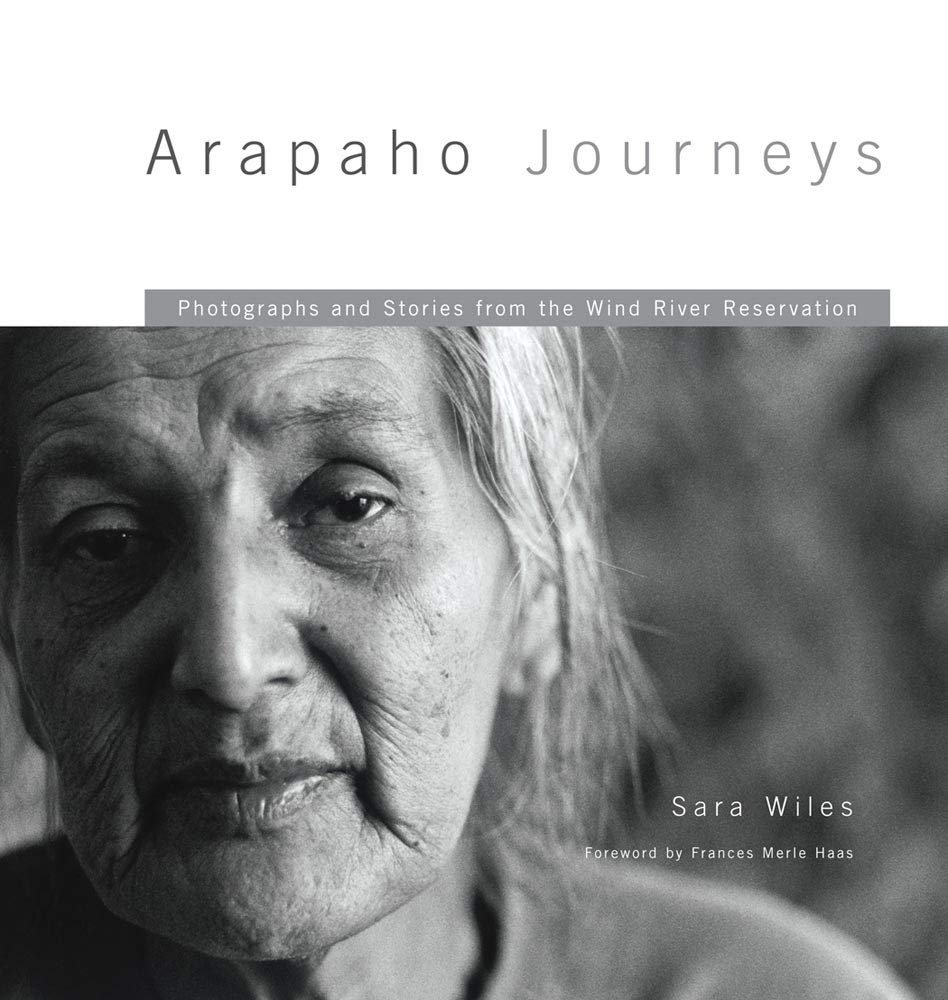
2013
Arapaho Journeys: Photographs and Stories from The Wind River Reservation. Sara Wiles (2011: University of Oklahoma Press)
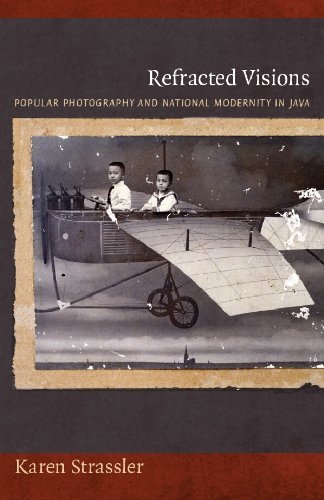
2012
Refracted Visions: Popular Photography and National Modernity in Java by Karen Strassler (2010: Duke University Press)
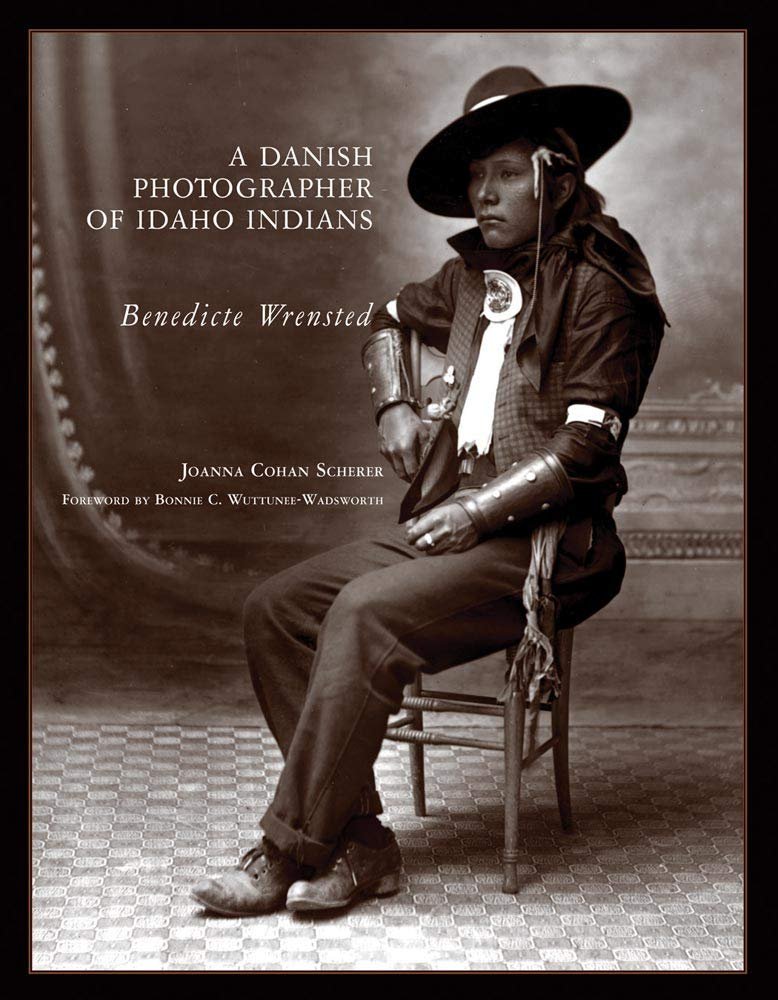
2008
Joanna Cohan Scherer for A Danish Photographer of Idaho Indians: Benedicte Wrenstead (2006).
2008
July 25, 2019 documentary about the Idaho photographer Benedicte Wrensted of Northern Shoshone & Bannock Indians (and Jane Gay of Nez Perce Indians) by Joanna C. Scherer (and others).
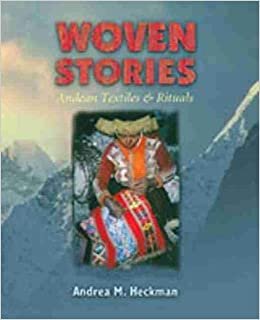
2006
Woven Stories: Andean Textiles and Rituals. Andrea Heckman.
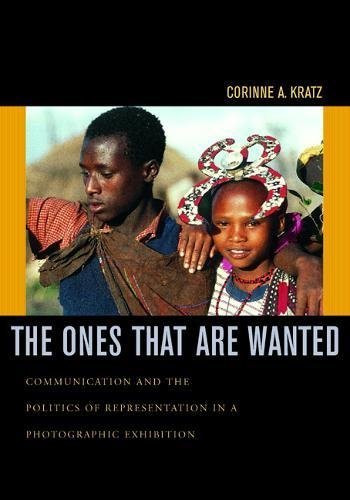
2002
The Ones That Are Wanted: Communication and the Politics of Representation in a Photographic Exhibition. Corinne Kratz. (2001: University of California Press)
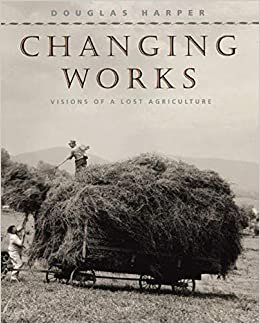
2002
Changing Works: Visions of a Lost Agriculture. Douglas Harper. 2001: University of Chicago Press)



